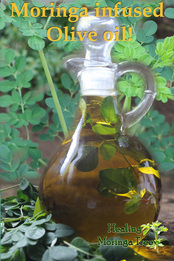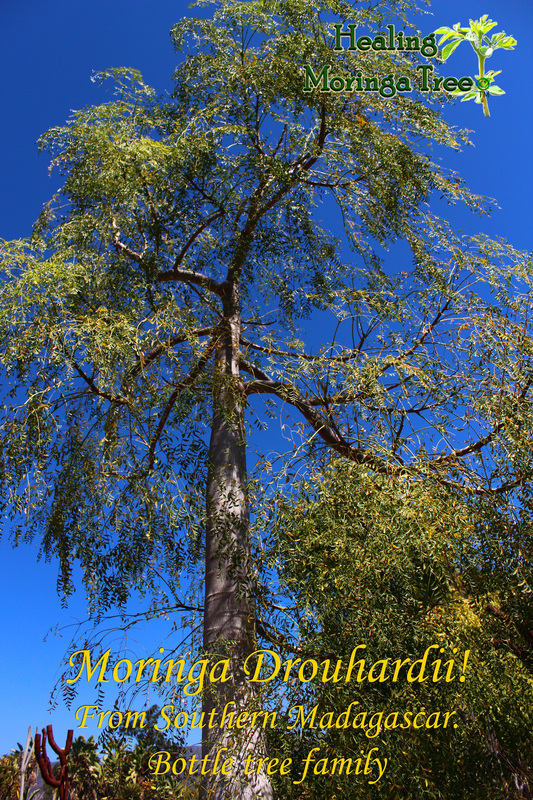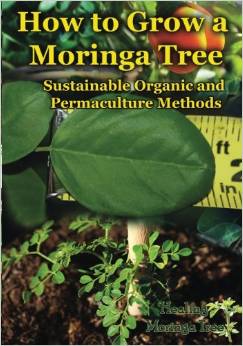|
Few things hit the spot like a creamy cone on a hot summer day. But should you go for a double scoop of mint chip — or the more virtuous-sounding fro-yo? Market research shows that frozen yogurt sales have risen an average of 21 percent each year since 2008, while the number of yogurt shops has doubled within the last seven years. And if you think frozen yogurt is healthier, you’re not alone. According to a survey conducted by Menchies, a frozen yogurt chain, roughly 95 percent of Americans believe the softer stuff is better for them than ice cream.
Related: Egg Whites or Whole Eggs: Which Are Healthier?
Dig into the nutrition facts, though, and the swirl of smooth and creamy self-serve dessert isn’t always the superior option. Here’s the scoop on why you may want to reconsider your next 16-flavor “16 Handles” bender. Related: 15 Healthier Homemade Ice Cream Recipes The Cold Truth: Frozen Yogurt Vs. Ice Cream Fro-yo might remind you of your favorite probiotic-rich morning Chobani — but not all “yogurts” are created equal. The freezing process used to make your dessert may kill some of the healthy gut bacteria found in regular yogurt. To compensate, some manufacturers of fro-yo (and standard yogurt, too) add extra probiotics after production. Related: Is It Better to Do Cardio or Strength Training First? “Look for the ‘Live and Active Cultures’ seal” when browsing the dessert aisle, says Alissa Rumsey, R.D., a spokesperson for the Academy of Nutrition and Dietetics. This seal, created by the National Yogurt Association, confirms that a product has 100 million cultures per gram,..Read Full Article:https://www.yahoo.com/health/frozen-yogurt-vs-ice-cream-which-is-healthier-125955744088.html Other related sources:http://www.moringachef.com/Moringa Chef Moringa Recipes www.HealingHerbsByRene.com www.ERallNaturalHealingSolutions.com www.HeavenlyMoringa.com
Malunggay (Moringa Ice Cream)
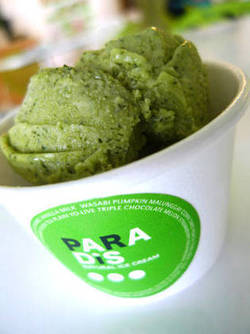
Oh my! Malunggay (Moringa Ice Cream)
Paradis 1st Floor Unit B Kojack Building Tomas Morato corner Scout Castor Quezon City Tel. No. 576-0589 Paradis’s malunggay ice cream is not only unusual, it’s probably the healthiest one out there too. Moringa in English, this miracle tree, known all over the world for its healthy nutritional properties along with energy boosting characteristics. Surprisingly, it’s pretty yummy when made into ice cream. Paradis definitely gets plus points for using pureed malunggay leaves and all-natural ingredients for all their delicious ice cream flavors.
- See more at: www.spot.ph/gallery/1066/10-Most-Unusual-Ice-Cream-Flavors-to-Try/article/48019#pid=15635
0 Comments
By Healing Moringa Tree. Com
Large Leaf Mega Moringa Oleifera!
We at Healing Moringa Tree have extra large leaf Moringa Oleifera Species. After growing Moringa Trees for some time we has discovered that there are two types of Moringa Oleifera Species. Small leaf Moringa which grows slower and smaller leaves.
Are you aware of this sneaky sign that your body is fighting off an infection? (Photo: Getty Images) When you have a bump or lump beneath the skin, your mind probably jumps to assume it’s either benign — like an itchy bug bite — or very serious — like cancer. But here’s something you may not have realized: That lump could actually be a swollen lymph node, an indicator that your body is fighting off an infection. Many people are aware that swollen lymph nodes under the chin are a sign of sickness, but most don’t realize that those aren’t the only lymph nodes a person has. It’s understandable, then, that you might be a little concerned if you stumble across a swollen lymph node in a place you weren’t expecting — say, your arm or genitals. In fact, “we have more than 500 lymph nodes located all over the body,” says Baltimore-area primary care physician Kathryn Boling, MD. Read Full Article: https://www.yahoo.com/health/the-weird-sign-youre-getting-sick-111287730352.html A Glass of Moringa Looks To Be Needed!
The queen of pretty much everything, Oprah, recently released her Spring Fashion Handbook, and surprisingly enough, there was a section called Retinol Cream: Your Skin’s New Best Friend. The all-knowing Oprah and her team of best friend doctors and skincare pros shared how retinol creams changed their life and outlook on skincare. Today we’re going to tell you why you should be using a retinol cream and which one will change your life! Remember, if Oprah says retinol creams are her new best friend, then retinol creams should be your best friends too!
Retinol creams are made up of retinoids, a retinoid is a tropical form of Vitamin A. Vitamin A is the number one anti-wrinkle ingredient recommended by dermatologists. Its sole purpose is to promote cell turnover. It eliminates the old, bad cells and produces new, plump and healthy cells. Nothing works more effectively at eliminating the appearance of wrinkles and fine lines than retinol. It’s the best anti-aging ingredient. There is no argument to it. Piles of research prove that the vitamin A derivative can really undo wrinkles and even discoloration caused by sun damage. One of the best things about retinol creams is that you know they’re working from the moment you put it on. Within just a few seconds of application, you’ll notice a small, yet noticeable difference. Read Full Article: http://www.skincare-research.org/home/retinol-cream/?utm_source=bing-yahoo&utm_medium=c&utm_campaign=(0501-10)&utm_term=best%20anti%20wrinkle%20creams&utm_content=best%20anti%20wrinkle%20creams
Other Resources;
If We Haven't Personally Experienced It... We Don't Proclaim it! But as the above scholars would tell it; vitamin A is the number one anti-wrinkle ingredient Dermatologist would recommend.
(Photo: POPSUGAR Photography / Nicole Perry) We all know adequate protein (especially after a workout) is key to building and repairing muscles, but a high-protein diet may also be the secret to consistent weight loss. In fact, research has shown that doubling your protein intake can help you drop pounds without losing muscle mass. In one study, published in The FASEB Journal, researchers put 39 patients on a weight-loss regimen over 31 days; at first, all participants were on the same diet to maintain their current weight. After 10 days, they were split into three groups following calorie-restricted diets: those who ate the US-recommended daily allowance (RDA) of protein, those who ate twice the RDA of protein, and those who ate three times the RDA of protein. The participants exercised accordingly in order to lose an average of two pounds a week. The researchers found that those who ate double the protein were able to lose fat without losing muscle mass while exercising on the diet. The participants who ate triple the amount of protein didn’t experience any more weight loss than the double group. If you’re trying to lose weight, Read Full Artcle Here: https://www.yahoo.com/health/the-magic-protein-formula-for-weight-loss-126024832088.html Protein In The Moringa... JUST ANOTHER ORGANIC SOLUTION! Please Visit Us At: https://www.healingmoringatree.com/dried-moringa-leaf-powder.html
The Drumsticks Tree
Moringa Seed Pods
They can purify water, feed a family of four for 50 years, and help combat climate change — and you've probably never heard of the. Don’t get me wrong. I’m a fan of kale. But kale is absolutely, positively not a superfood. A superfood is high in protein, low in fat, gluten-free, loaded with omega-3s, bursting with antioxidants and overflowing with folate, fiber and phytonutrients. But the vast majority of what gets called a superfood these days should be called “health food.” Yes, health food is a perfectly suitable descriptor for goji berries, pomegranates and chia seeds. To get an idea of a true superfood, look at quinoa. The Andean grain is more than just a high protein, low-fat, gluten-free alternative to rice or pasta. Quinoa is not only one of the only plants in the world that provides a complete source of protein. It is also an extraordinarily resilient plant. You can grow it at just about any altitude, from sea-level up to 13,000 feet. It can withstand a wide range of temperatures, and needs very little water to survive. There’s a reason why the United Nations General Assembly declared 2013 “The International Year of Quinoa” and not “The International Year of the Goji Berry.” Kelp is another example of a true superfood. It’s not merely high in protein, low in fat and loaded with heart-healthy antioxidants. It grows at turbo speed (9 to 12 feet in three months) without the need for fresh water or fertilizer. Kelp could provide the world with a vast new source of sustainable protein — and potentially reduce greenhouse gas emissions. (Kelp forests are carbon sinks.) Real superfoods possess super-traits — like the ability to grow astronomically fast in some of the world’s harshest climates. Or the ability to make dirty water safe for drinking. Or the ability to feed a family of four for 50 years. Here are three superfoods, largely unknown in the United States now, that will quite possibly become the next quinoa. The Moringa Tree It’s often called the “the miracle tree” or the “tree of life.” In the Philippines, they call it a “mother’s best friend.” In Senegal, it’s the “never die tree.” Virtually every part of the moringa tree (Moringa oleifera) — pods that taste like string beans, leaves redolent of spinach, seeds reminiscent of peanuts, roots that taste like horseradish — is edible and packed with nutrients. A small serving of the humble-looking moringa’s tiny leaves has seven times the amount of vitamin C of an orange, four times the calcium of milk, and four times the beta-carotene of carrots, according to nutrition researcher C. Gopalan’s Nutritive Value of Indian Foods. Not surprisingly, the tree, which is native to north India, is developing a cult following among natural foods enthusiasts.
The Breadfruit
The breadfruit looks like a green soccer ball with pimples. And it tastes like sourdough bread. The first time I tried it, I thought “blah.” But there’s a vigorous effort underway to get people to love this ugly, tasteless fruit; some believe the breadfruit could save millions of people annually from starvation. Native to tropical regions in the South Pacific, the breadfruit (Artocarpus altilis), known as Ulu in Hawaiian, is a nutritional powerhouse — one cup of breadfruit has more potassium than three bananas, according to the USDA, and it’s loaded with fiber, calcium, phosphorous, copper and other essential nutrients. Some cultivars also have high levels of beta-carotene, which makes it a promising weapon against vitamin A deficiency, the leading cause of blindness in children. The breadfruit is a remarkably low-maintenance yet extraordinarily productive tree. A mature tree yields 450 pounds of fruit per season, according to Josh Schneider, a horticulturalist at Global Breadfruit, an organization that promotes the use of the breadfruit tree. Schneider estimated in an interview that one breadfruit tree could feed a family of four for more than 50 years. A growing group of NGOs, like Global Breadfruit and the Trees That Feed Foundation, are now dedicated to spreading the use of the trees, and it’s not just because breadfruit is one of Earth’s highest yielding food crops. Studies show that more than 80% of the world’s poor and hungry live in subtropical regions — perfect for breadfruit trees. And recent breeding improvements are accelerating the speed of a tree’s growth. Now, you can produce fruit in 2 to 3 years, Schneider said One breadfruit evangelist, Hawaiian horticulturalist Diane Ragone, like me, didn’t care for the breadfruit on her first taste (she likened it to “undercooked potatoes”), but now thinks the fruit’s underwhelming taste is easily surmountable. Ragone’s advice: sauté them. “Think of sautéed breadfruit as a platform for any kind of cuisine or flavor,” Ragone told theWall Street Journal. Others talk about the breadfruit’s potential as a food ingredient and as an alternative to flour. Imagine a bagel that could prevent millions of children from going blind. The Prickly Pear Cactus The prickly pear cactus, what botantists call opuntia ficus-indica has lots of healthy qualities — high in vitamins, fiber and antioxidants, low in fat — and it all comes from some of the driest and worst land on the planet. Some beleaguered farmers in arid places like California’s drought-stricken San Joaquin Valley are starting to see the light. Instead of fighting water shortages and desertification, they’re adapting. One article about a maverick cactus farmer likened it to making lemonade out of lemons. Andclimate forecasts suggest that more farmers around the world will be drawn to a crop that can not only flourish with little or no irrigation, but can also tolerate poor soil. The food-of-the-future cacti is not the puny cacti you’ve seen driving through Arizona. Scientists in water-starved places like Israel, California and Texas have worked for years to create food-friendly varieties, which are much bigger and have no needles. Smooth skinned and frost-resistant, today’s cacti were the subject of a 2013 United Nations report on industrial-scale cacti cultivation, highlighting successes in the developing world. But don’t think the cactus is just a “feed theworld” crop for an apocalyptic scenario. Food writer Sam Brasch, who suggests that the prickly pear could be “the next kale,” describes its flesh as “landing somewhere between a watermelon and a kiwi.” The prickly pear is also promising because it can be used in so many ways — for juices, jams and jellies; some studies even suggest that it’s a hangover cure. Each of these three superfoods has the potential to not only improve your health, but also improve the world–and you’ll inevitably see them at Whole Foods. Read Full Article Here>>http://time.com/3544425/superfoods-moringa-tree-breadfruit-prickly-pear-cactus/
Please Visit Our Site: www.HealingMoringaTree.com
Know Your Self For Real  Hot & Cold: Extreme Temperature Safety If you intend to travel outdoors, you should be prepared to deal with all sorts of weather. This might mean the rainiest days to the driest, and from the hottest daytime hours to the coldest nights. The human body has a normal core temperature between 98.6 and 99.9 degrees Fahrenheit (F). In order to maintain this temperature without the aid of any warming or cooling device, the external environment must be at about 82 F. Clothes aren’t just a social convention — they’re necessary warming tools. We can usually add on more layers in colder months, and use fans or air conditioners in warmer months in order to maintain that healthy core temperature. However, in some cases, you may find yourself in an environment with temperature extremes. It’s essential to know what health concerns you may face, and how to avoid any temperature-related problems. Advertisement Part 2 of 3: The Heat The HeatIt’s important to note that the temperature reading on a thermometer is not necessarily the temperature for which you should be concerned. The relative humidity in an environment can significantly affect what’s called the “apparent temperature,” or the temperature you actually feel. If the air temperature reads 85 F, but there’s zero humidity, it will actually feel like it’s 78 F, whereas the same air temperature in an environment with 80 percent humidity will feel like 97 F. High environmental temperatures can be dangerous to the human body. In the range of 90 to 105 F, heat cramps and exhaustion may occur. Between 105 and 130 F, heat exhaustion is almost certain, and activities should be significantly limited. An environmental temperature over 130 degrees F is likely to lead to heatstroke. Heat-related illnesses include:
The ColdAs with high temperatures, when it comes to cold temperatures, don’t rely solely on the thermometer reading of environmental air. For instance, the speed of the wind and external body moisture can cause a chill that dramatically changes your body’s rate of cooling and how you feel. In very cold weather, especially with a high wind-chill factor, you can rapidly experience the onset of hypothermia. Falling into cold water can also result in immersion hypothermia. When your body first drops below 98.6 F, you may:
It’s essential to protect anyone experiencing early symptoms of hypothermia. They should be removed from the cold immediately if possible. However, don’t try to warm a person suffering from serious hypothermia with vigorous exercise or vigorous rubbing, because this can lead to more difficult problems. Other cold-related illnesses include:
Proper preparation and attention to emerging conditions can prevent or treat many temperature-related situations and ailments. Other Sources:http://www.healthline.com/health/extreme-temperature-safety#TheCold3 https://www.healingmoringatree.com/store/c1/Featured_Products.html  10 Medicines Not to Give Your Baby by Sara Elliott Image Gallery: Parenting Not all over-the-counter medicines will leave a smile on that adorable face. See more pictures of parenting. BananaStock/Thinkstock The wide availability of over-the-counter (OTC) drugs can make them seem deceptively safe. If they're marketed as drugs for children, then they must be pretty harmless, right? Wrong. The FDA has no recommended guidelines for the use of any OTC medication on babies other than pain relievers. The cutoff for many children's medicines is 2 or 6 years old and up. If your child is younger than that, it's important to be extremely cautious when it comes to administering medicine. If you're breastfeeding, the drugs you may be taking can have health risks for your child, too. These 10 common medicines are bad for baby, and you should be on the lookout for them in any of the products you buy, regardless of the manufacturer or product name. Become an expert at reading product labels -- especially ingredient lists -- and if you can't get the information you need from the product's labeling, ask your pharmacist or call your pediatrician. Never guess. Many medicines administered to infants have side effects that you should evaluate and understand thoroughly before choosing to use them, too. Sometimes, a little cough or some discomfort is preferable to the risks involved in using strong medicines to treat common childhood illnesses. Know all of the ingredients before giving the medicine. BananaStock/Thinkstock Codeine is an example of a drug you wouldn't consciously give an infant without the express approval of your pediatrician, but it could transfer to your child while breastfeeding. There's always the chance that what you ingest will get into your breast milk, so make sure any medications you take will either stay out of your milk or be safe for your baby. Codeine can be an ingredient in prescription as well as non-prescription medications. It's a narcotic pain reliever sometimes prescribed to nursing mothers. The liver metabolizes codeine into morphine, and some women can have high levels of this metabolized morphine in their breast milk after taking codeine medications. Women who metabolize codeine quickly (ultra-rapid metabolizers) may transfer dangerous amounts to their nursing babies. Although codeine has been given to nursing mothers for years and is still prescribed in some circumstances, the FDA has had concerns about it since 2007, citing warning signs to look for in babies who may be ingesting unsafe levels of morphine in breast milk. They include:
DID YOU KNOWThe National Reye's Syndrome Foundation has assembled a list of prescription and over-the-counter medications that contain aspirin-like ingredients that you should avoid administering to any child under the age of 16: National Reye's Syndrome Foundation. There's a strong link between aspirin (and other salicylates) and Reye's syndrome, a potentially fatal neurological disorder. This is particularly true in children under the age of 16. Although instances of Reye's syndrome in children and adolescents have dropped dramatically in the last three decades, it's important to realize that salicylates can be present in over-the-counter drugs, topical products and natural herbal preparations. You may know not to administer aspirin to your child, but before you give any medication, make doubly sure that it doesn't contain salicylates that can be listed with names like acetylsalicylate, salicylic acid, white willow bark or acetylsalicylic acid. The risk for Reye's syndrome increases if aspirin-containing medications are administered to treat viral illnesses like colds and flu. Medical science recognizes that there's a connection, but hasn't yet discovered what it is. If you have any questions about a medication you want to use to treat your child's respiratory or flu-like symptoms, ask your pharmacist or pediatrician. Don't go running to the pharmacy at the first sign of a cold. Comstock/Thinkstock Never treat children younger than two years of age with over-the-counter cough and cold medicines unless specifically directed to do so by your pediatrician. This is the stark warning issued by the FDA in a public health advisory responding to reports of serious side effects in children when taking these drugs. There's research pending on the potential side effects in children between the ages of 2 and 11, and some sources recommend avoiding these drugs altogether if your child is under the age of 6. These medications treat the symptoms of respiratory distress, not the cause, and the risks, even in older children, may outweigh the benefits. DID YOU KNOW?If you have older drugs in your medicine cabinet, they may predate revelations about their safe use. Before you administer any drug you've had for a while, verify that it's within its safe-use date, and check with your pharmacist to make sure that there are no additional cautions you should be aware of. Some pain relievers, like acetaminophen (baby Tylenol) or ibuprofen (baby Advil or Motrin) are safe to give your infant in moderation for painful conditions like gas, earaches andteething, but pain relievers can also be hiding in preparations you may not expect like cold and cough medicines, upping the risk for dangerous double dosing. In fact, discovering the right dosage and formulation for a child under 2 years of age can be a challenge even if there are no other medications involved. Of course, before you turn to a pain reliever for your baby's symptoms, it's always a good idea to check with your pediatrician. Special note: Avoid giving acetaminophen to infants under 3 months old or ibuprofen to infants under 6 months old without your pediatrician's approval. Keep all adult medication out of reach of your baby. iStockphoto/Thinkstock So, you may know better, but when times are tough, you're exhausted, or it seems innocent enough, you may make the mistake of thinking a benign adult medication will be OK to administer to your infant. This can be a poor choice that's never worth the risk. Most adult over-the-counter preparations contain concentrated ingredients, additives and preservatives that may be harmful by themselves or interact with substances your infant is already taking. Whenever possible, rely on products and preparations designed specifically for babies, and if you do have to administer a product that's designed for adult use, check with your doctor or pharmacist first. DID YOU KNOW?If you're breastfeeding, discuss any medications you plan on taking, even over-the-counter medications, with your doctor. Although many drugs are safe to take while breastfeeding, it's important to make "eating for two" as nurturing and benign as possible. This is another drug that may cause problems forbreastfeeding mothers and their babies. Originally marketed outside of the United States as a treatment for nausea and vomiting, users noticed that one of the beneficial side effects of domperidone use was increased milk production in lactating women. For women who weren't producing enough milk, domperidone seemed like a worthwhile option. In 2004, the FDA published a warning letter recommending that it not be used, prompted by published reports of cardiac arrest and sudden death in some women taking intravenous domperidone, concerns about its growing importation and use, and a lack of knowledge about the effects of domperidone on breastfeeding infants. If you want to breastfeed your baby, it's always best to avoid ingesting any more drugs or potentially disruptive or harmful substances than you have to. Many new mothers opt for caution over personal comfort. If you have been diagnosed with an illness that will require drug treatment, consult with your physician and your pediatrician before deciding the best course for your breastfeeding regimen. Coordinating with medical professionals to determine the best way to feed and nurture your baby while protecting yourself is an important step to a healthier family. DID YOU KNOW?When disposing of over-the-counter and prescription medications,always refer to the instructions on the medicine bottle. If none are listed,the Office of National Drug Control Policy recommends that you try to locate a drug take-back program in your area. You may have an alphabet's worth of drugs left over from the last time you had an infant to care for, but the chances are good that many if not most of those drugs have expired "use by" dates. Before you give any drug to your baby, verify that it's safe to use on an infant, and make sure to check the "use by" date stamped on the bottle. If you can't find or decipher the batch information on the drug's packaging, don't risk it. Even if the drug is within its effective date, inspect the contents for discoloration or anything else that seems off. If it's out of date or looks suspicious, discard it. Breastfeeding is a wonderful option, but some medications can cause problems, even when they don't make their way into your breast milk. There are drugs that can adversely affect breast milk production. Diuretics can limit the amount of fluid in the breast, while drugs like anti-hypertensive beta blockers can reduce bloodflow to the arteries that carry blood to the milk-producing regions of the breast. If you're breastfeeding, make sure your doctor knows, and discuss any drugs you plan on taking in light of your breastfeeding intentions. DID YOU KNOW?From drugs to volatile organic compounds (VOCs) in new paint and carpeting, if you think your child is having a negative reaction to a substance he's come in contact with, call your pediatrician immediately. If your child is having trouble breathing, call emergency services right away. And if you have questions about a substance and want to learn more, contact the American Association of Poison Control Centers. Drugs and other sources of chemical contamination can be hiding in plain sight. Evamist is the trade name for an estradiol transdermal spray, an estrogen delivery system to help combat hot flashes during menopause. It's typically sprayed on the inside of the elbow or between the forearm and wrist, prime real estate for doting grandmothers who want to rock and entertain their grandbabies. The FDA sent out a safety announcement about Evamist in July of 2010, warning that children and infants exposed to the drug could experience premature puberty. Males could face breast enlargement while females could show signs of premature breast development and nipple swelling. If someone who comes in regular contact with your child is taking Evamist, she should wear long-sleeved clothing to avoid having direct skin contact with the child near the drug application site. Evamist is one example of a medication intended for a specific purpose that can have accidental implications for your infant, your pets and other members of your family. Even a discarded nicotine patch that inadvertently comes in contact with a toddler's skin can be dangerous, so it's important to anticipate potential drug threats from conventional as well as unconventional sources. 10 Most Popular Baby Names of All Time One year it's Brittney and Justin, next year it's Ashley and Ethan. Then all of a sudden we're back to Dick and Jane. Can you guess the 10 most popular baby names of all time? Is yours on the list? Read more » Related Articles
Sources: http://lifestyle.howstuffworks.com/family/parenting/babies/10-medicines-not-to-give-baby.htm
Comes in herbal flakes of choice... For Custom Orders
Top Medicinal Herbal Tea CombinationsOrganic Moringa Leaf Tea Herbal Blends!
(Moringa Medicinal Tea blends) |
Archives
June 2019
We sell Organic Moringa Trees,Moringa seeds.Southern California source of healthy Organic Moringa Trees. Categories
All
|
- Store Shop
-
MORINGA TREES & SEEDS
- MORINGA TREES
- Buy Moringa Seeds & Trees
- Moringa Tree Starter Kit
- Moringa Root Kits
- Wholesale Moringa Trees
- Organic Moringa Seeds
- Buy Oleifera Seeds >
- Buy Stenopetala Seeds
- Buy Moringa Roots
- Baobab Trees for Sale >
- Buy Medicinal Plants >
- Growing Moringa
- Sustainable Supplies >
- Moringa Books >
- Ground Organic Moringa seeds
- Non-Toxic ECO Moringa Cleaners
- Clay Tea Pots
-
Moringa Health
- ORGANIC HERBAL SMOKES
-
Moringa Powder, Capsules, Tea, Dried Leaves,
>
- Moringa Honey
- Moringa Alkaline Water
- Moringa Recipes
- Moringa First Aid kits
- Moringa Tooth Powder Kit
- Diatomaceous Earth
- Buy Turmeric >
- MORINGA SPAGYRIC TINCTURE >
- Fresh Moringa >
- Moringa Herbal Olis >
- Moringa Oral Care >
- Moringa Nail Polish
- Moringa Sample set
- Colloidal Silver Products
-
Moringa Beauty Products
- Mamas Moringa Baby Products
- Organic Moringa Cosmetic Products
- Aroma Herbal Mood Sprays
- Moringa Hair Products >
-
Moringa Skin Products
>
- Organic Moringa Oil >
- Moringa Soap
- Moringa Hand Soap
- Moringa Natural Skin Care System
- Moringa Anti-Aging Face Lotion
- Moringa Infused Clay Mask
- Roll on Aluminum-Free Moringa Herbal Deodorants
- Moringa Herbal Deodorants
- Moringa Sunscreen
- Moringa Bath Salt
- Moringa Hand Sanitizer
- Moringa Chest Rub
- Moringa Foot Spray
- Moringa Vaginal lubricant
-
Moringa For PETS
- Moringa Silky Coat Dog Grooming Products
- Yorkie Hypoglycemia Relief Multivitamin Drops
- Moringa American Staffordshire Terriers
- Moringa Healthy PETS
- Moringa Doggy Treats
- Moringa Dog Food
- Organic Moringa Cat Treats
- Organic Moringa Pigeon Feed
- Organic Moringa Fish food Flakes!
- Moringa Pet Body Products
- Moringa GIFTS
- Healing Moringa MASSAGE & SPA

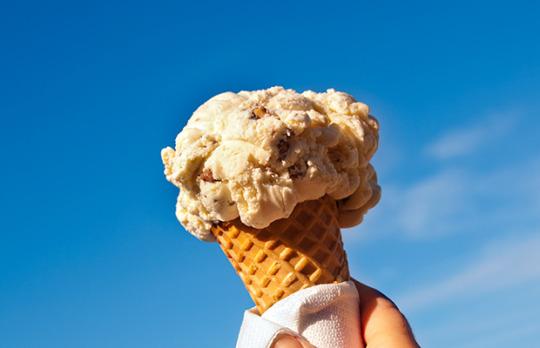


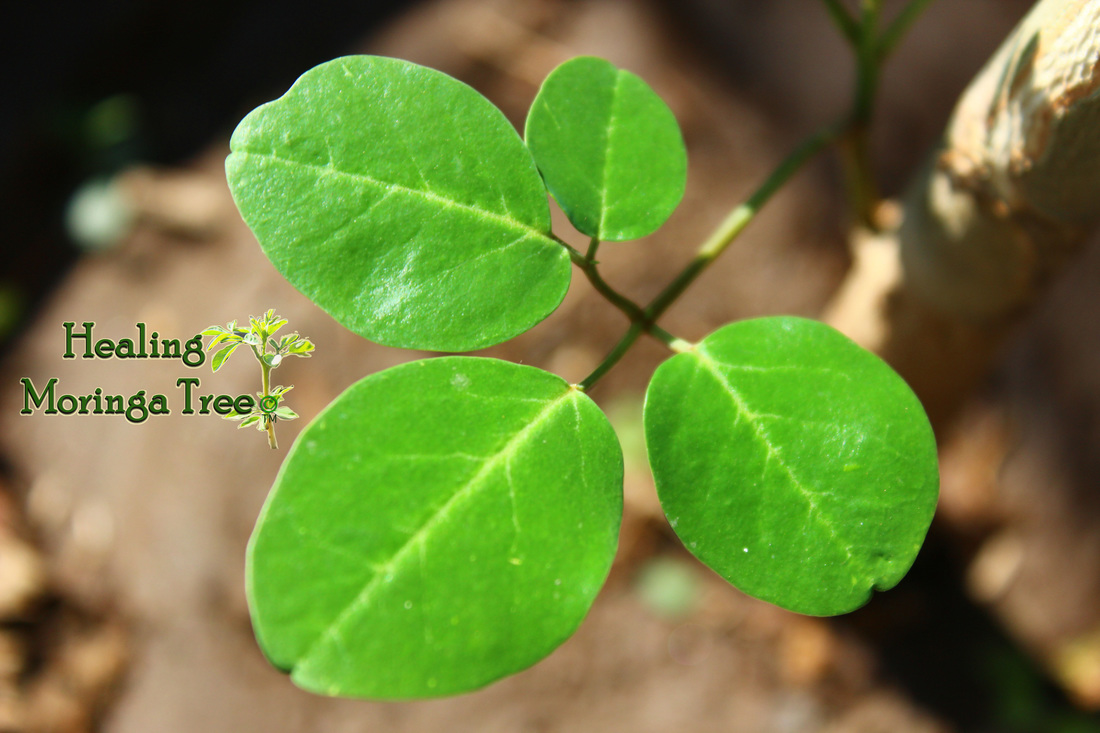
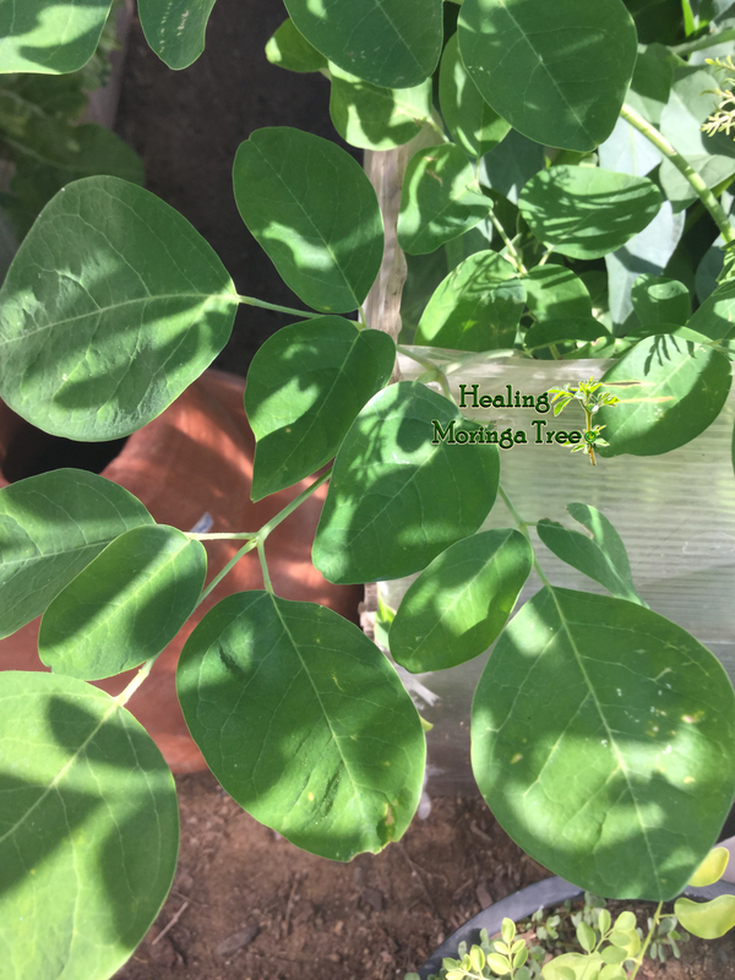
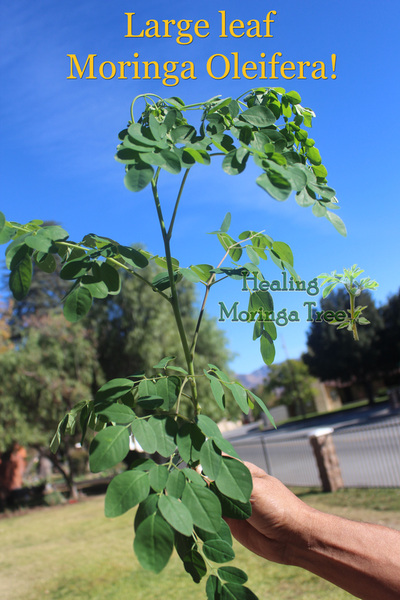
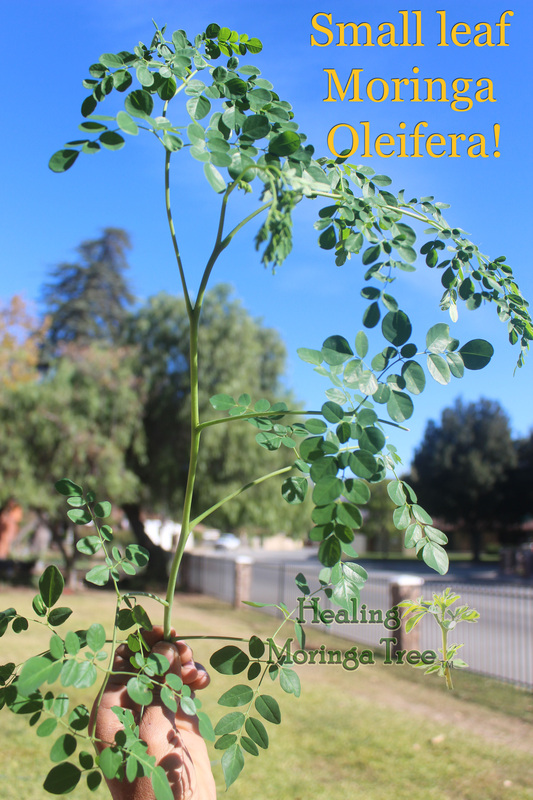

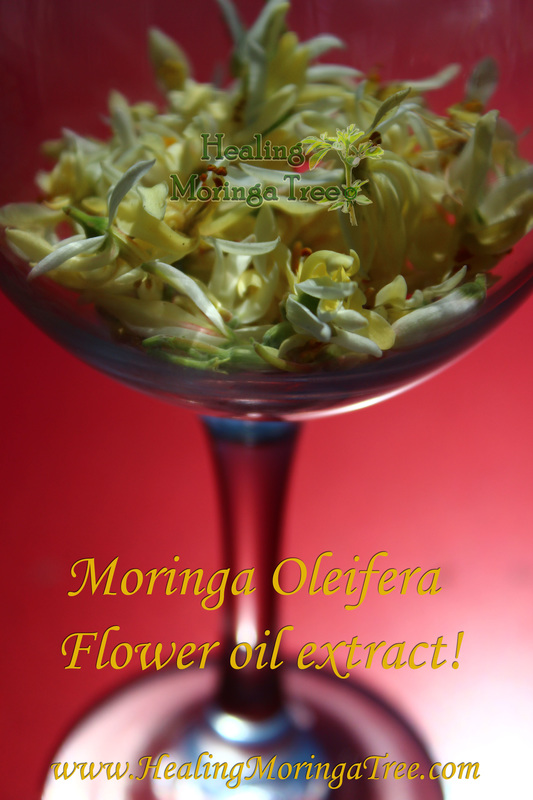


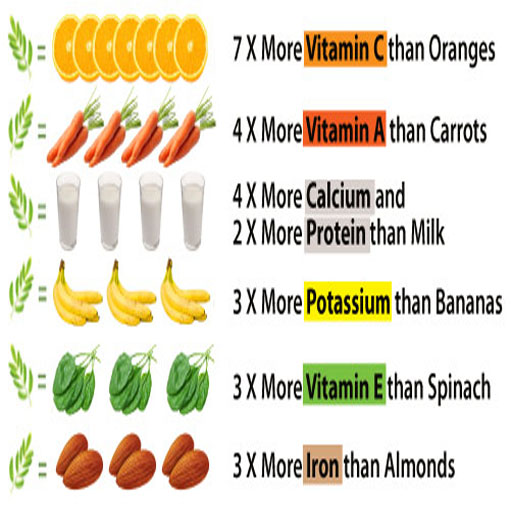
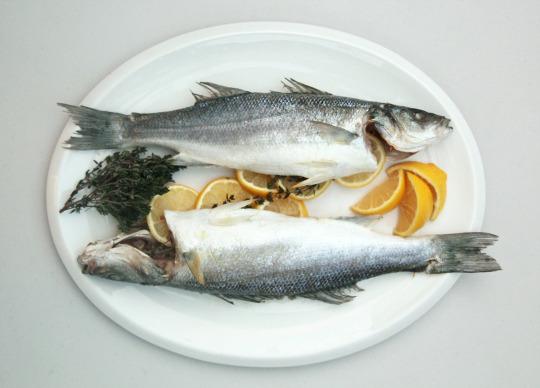
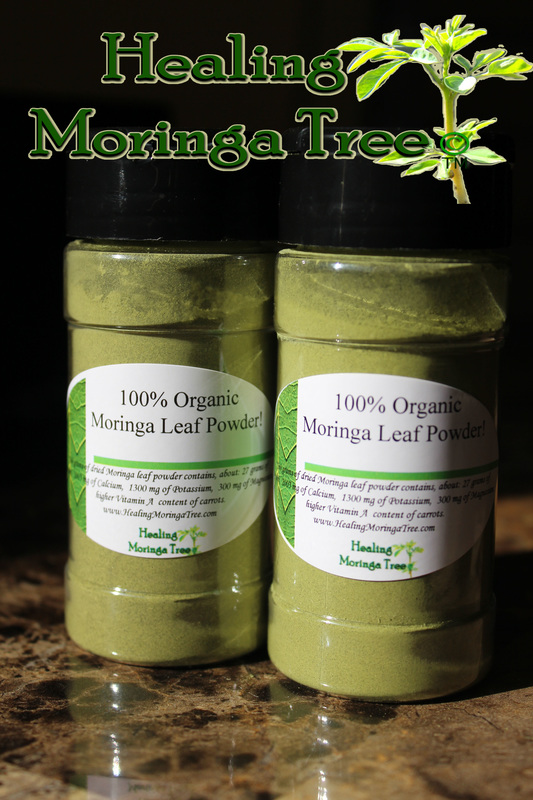
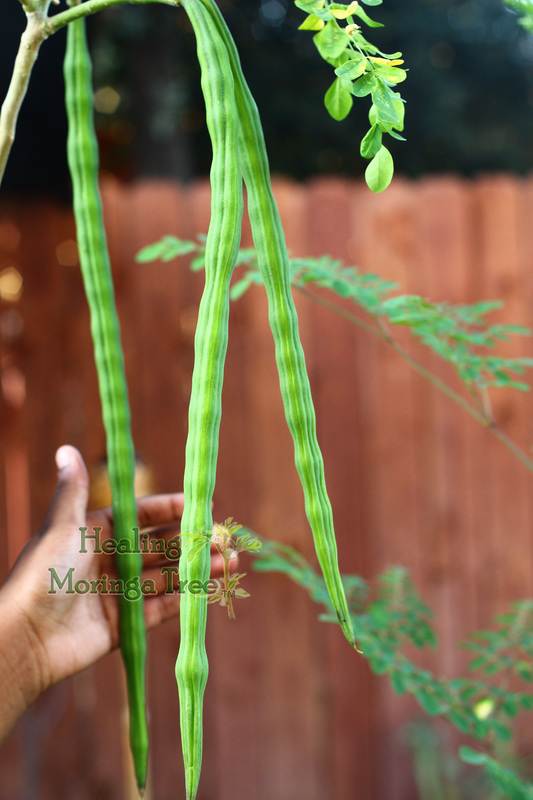
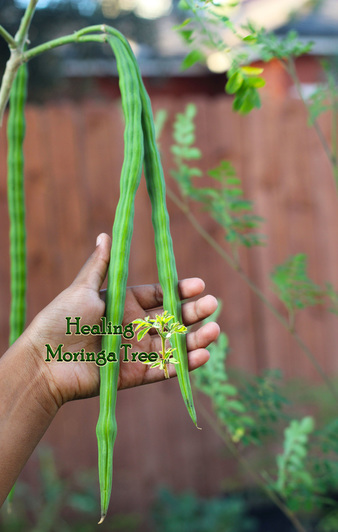
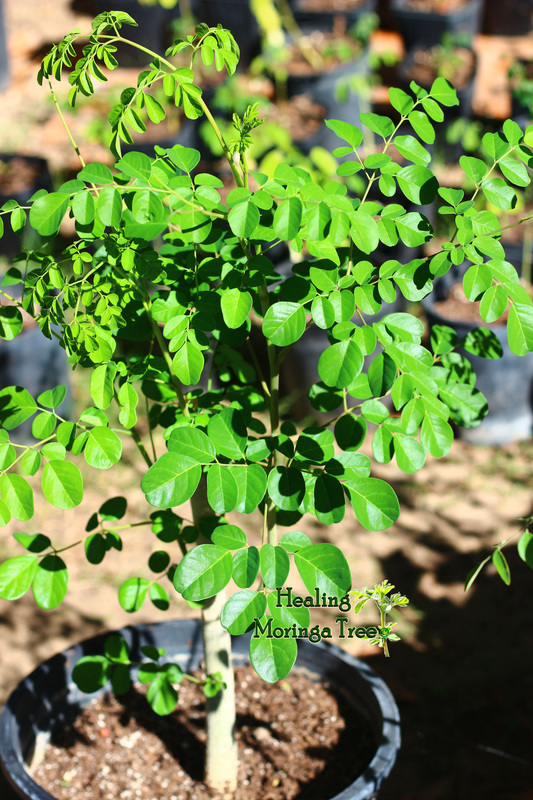
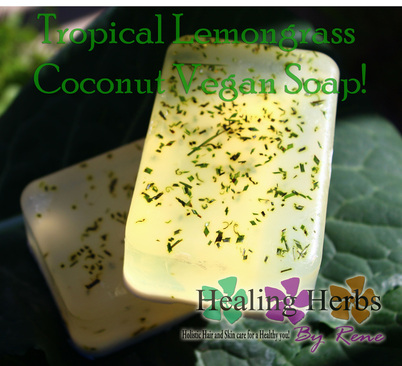
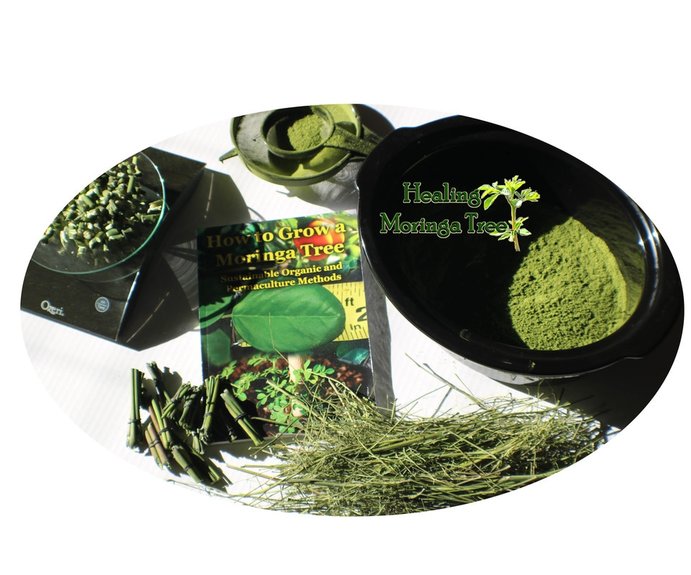
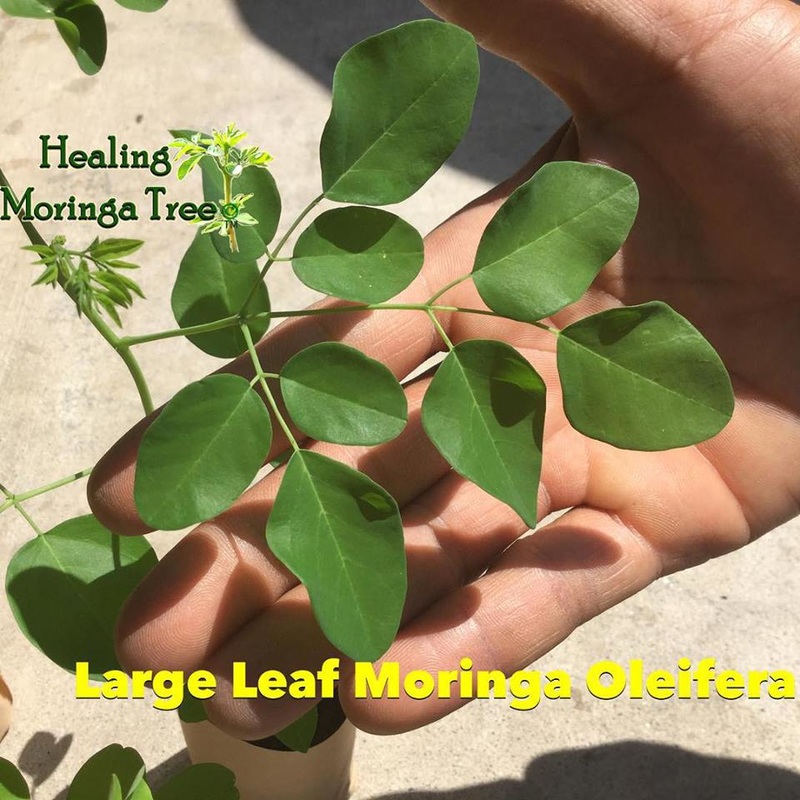

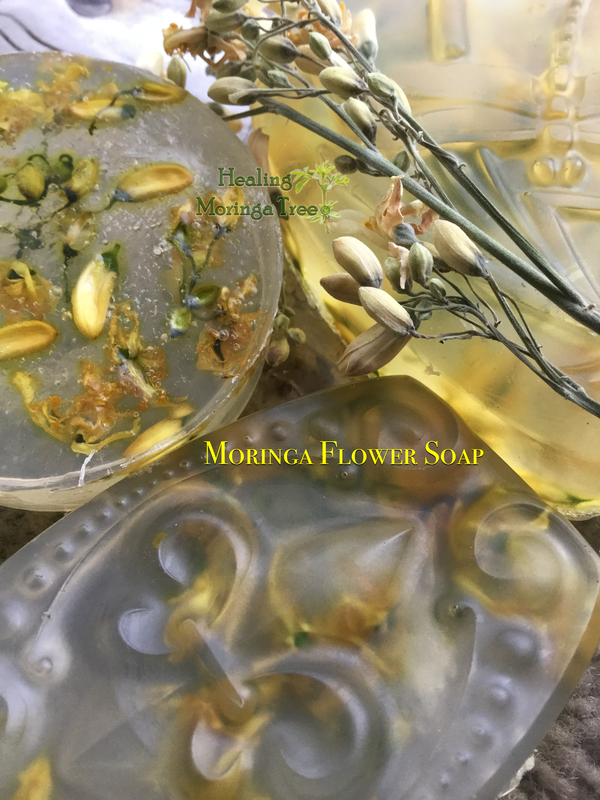
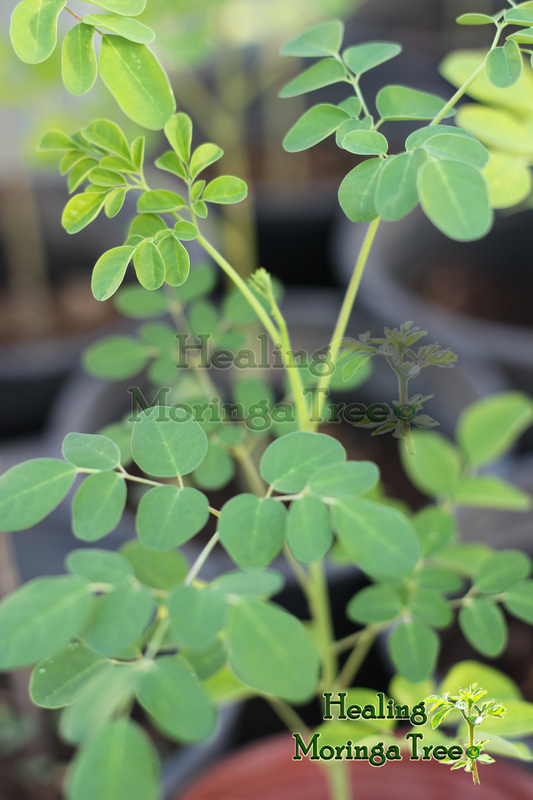
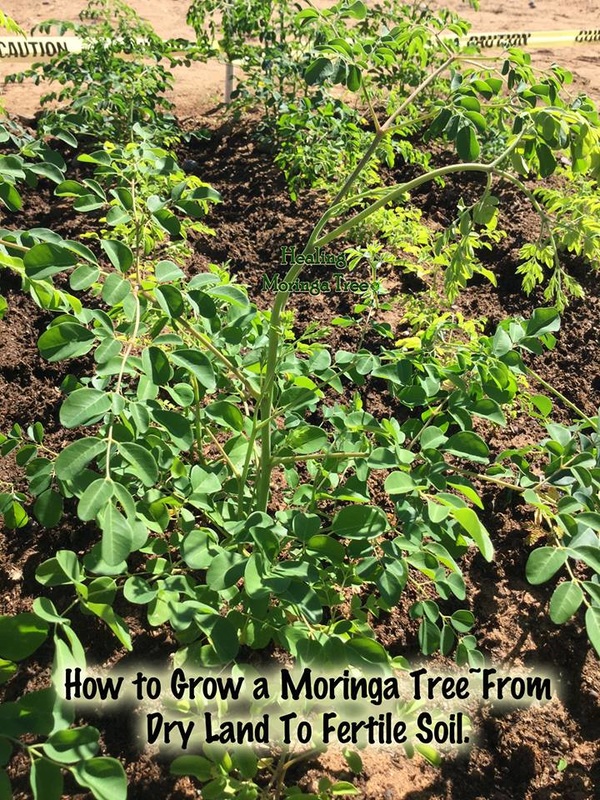
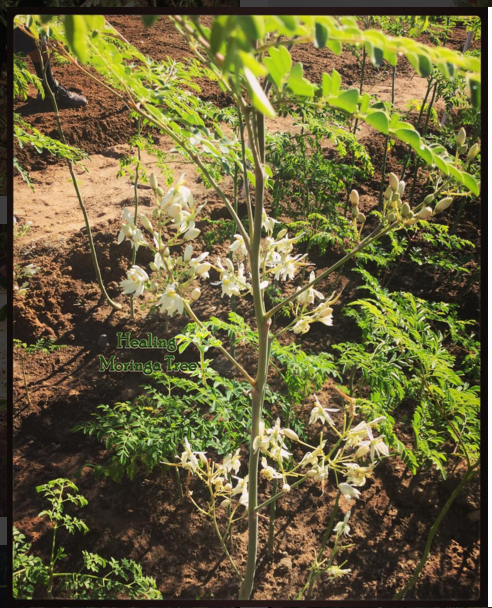
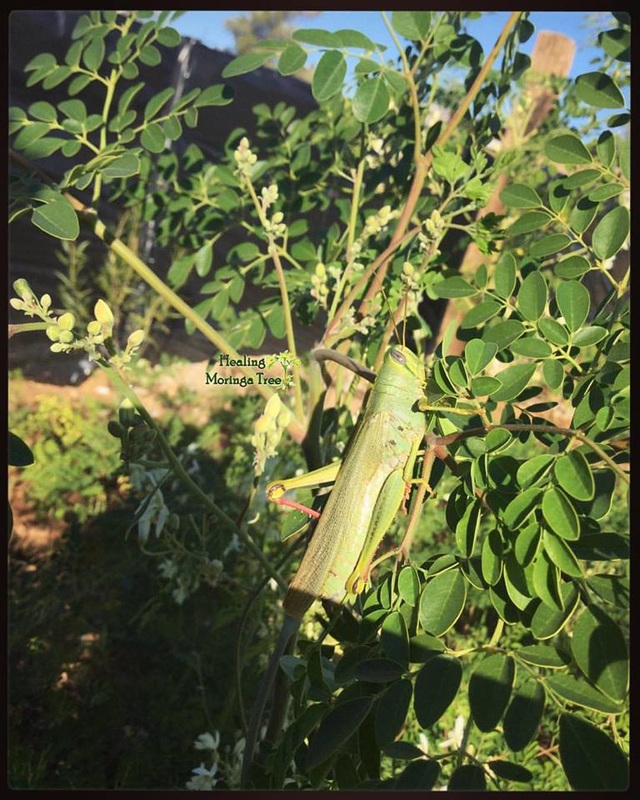
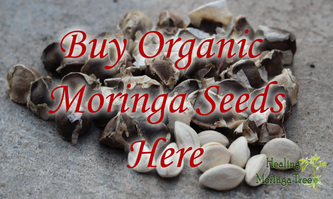
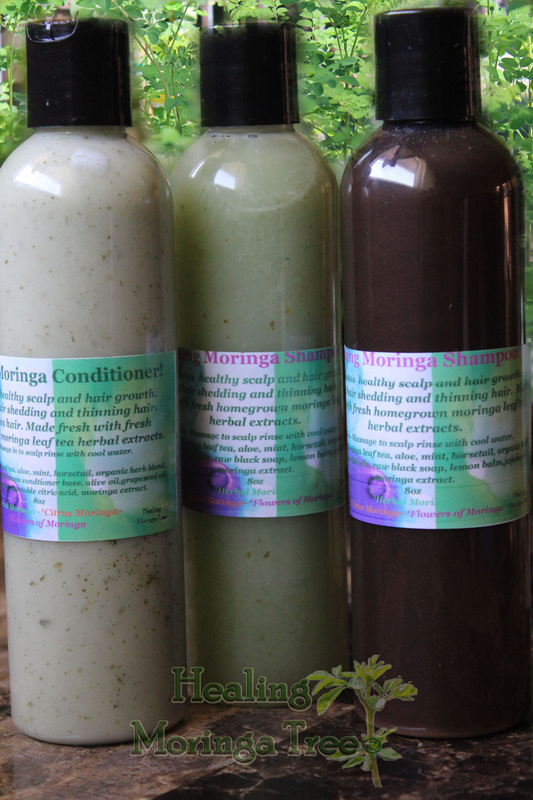
 RSS Feed
RSS Feed

